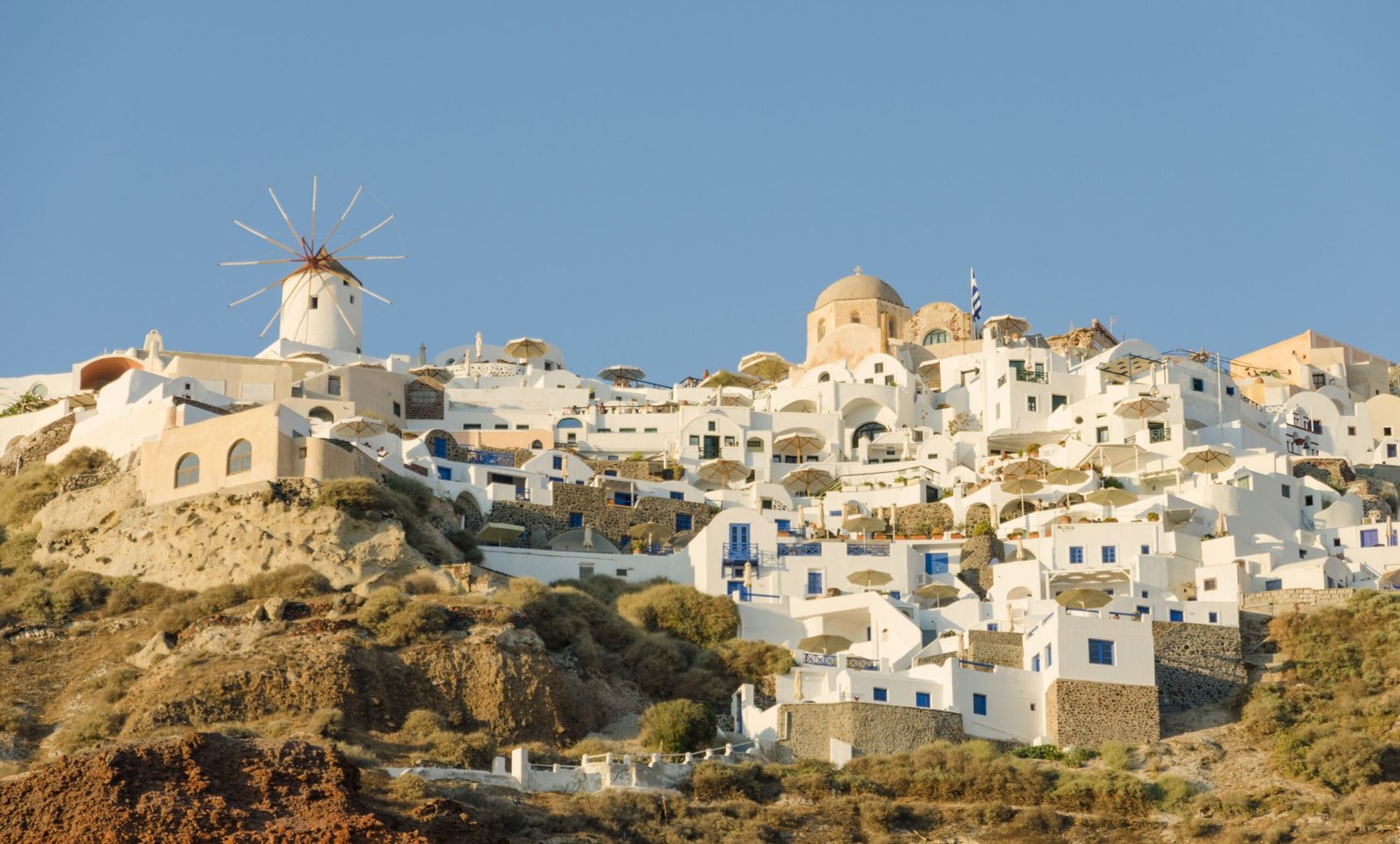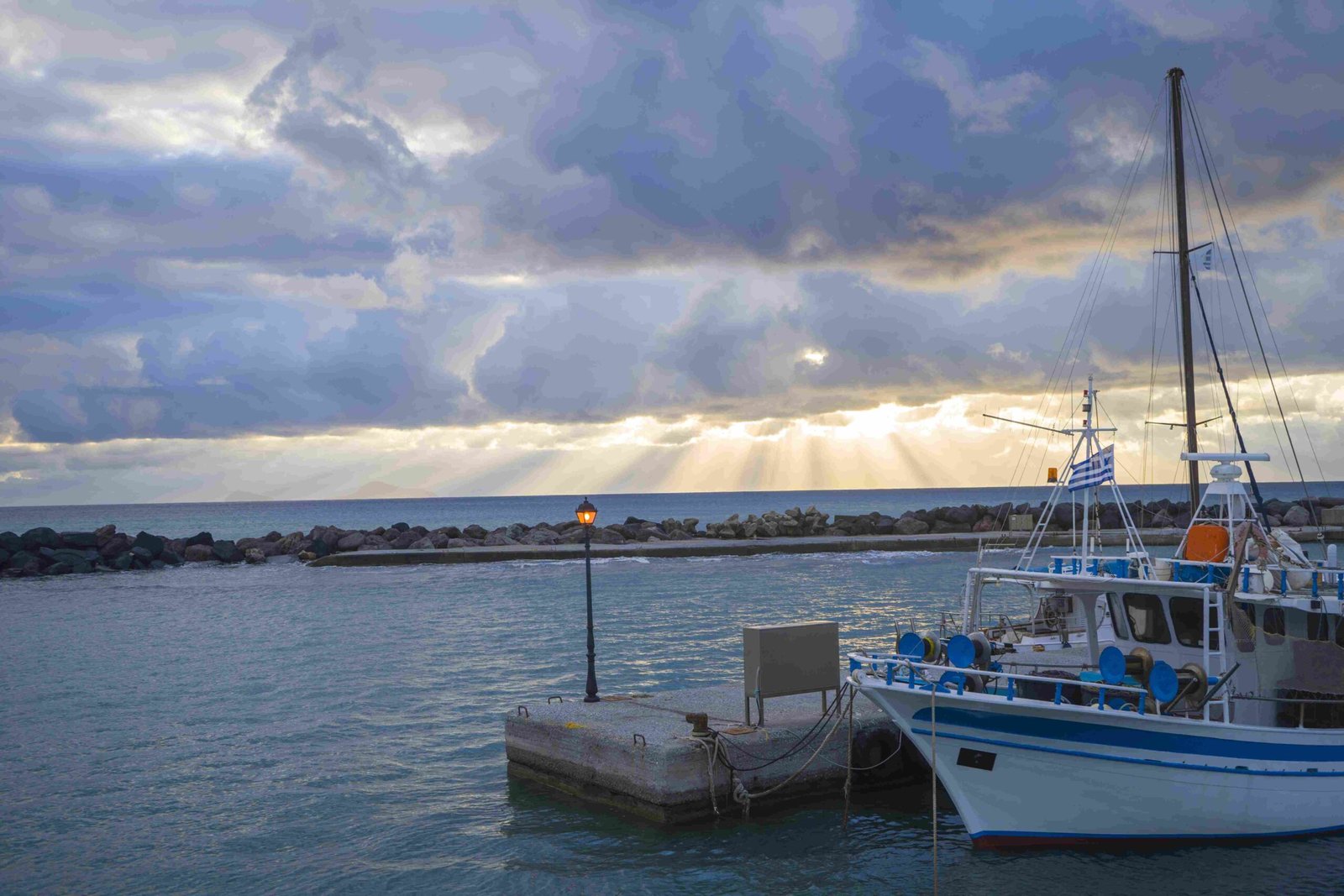The Fira Santorini stairs, particularly the Karavolades Stairs, are an iconic feature of Santorini’s landscape. These 580 stone steps connect the old port of Fira to the town perched atop the caldera. Offering breathtaking views of the Aegean Sea and the volcanic caldera, these stairs are not just a means of transportation but a journey through the island’s geological and cultural history. Despite their beauty, they present challenges in accessibility and safety, making them a unique attraction for adventurous travelers.
What Are the Architectural Features of Fira Santorini Stairs?

The Fira Santorini stairs, specifically the Karavolades Stairs, boast distinctive architectural features that reflect the island’s traditional building techniques:
- Materials: Constructed primarily from local stone, the stairs blend seamlessly with Santorini’s rugged landscape.
- Design: The staircase consists of 580 steps, winding up the steep caldera face.
- Structure: The stairs follow a zigzag pattern, creating switchbacks that allow for a more gradual ascent.
- Width: While exact measurements aren’t available, the stairs are wide enough to accommodate two-way foot traffic and donkeys.
It’s worth noting that the stairs lack modern amenities like handrails, maintaining their historic character but also presenting challenges for some users.
How Accessible Are the Fira Santorini Stairs?

Accessibility is a significant concern for the Fira Santorini stairs:
- For Able-Bodied Individuals: The stairs are challenging but manageable for those in good physical condition.
- For Mobility-Impaired Visitors: The stairs present significant obstacles:
- No ramps or alternative accessible routes are available on the staircase itself.
- The steep, uneven steps can be difficult to navigate for those with mobility issues.
- No dedicated assistance services are mentioned for individuals with mobility challenges.
Alternative transportation options include:
– Cable car: A modern and accessible option for reaching Fira from the old port.
– Donkey rides: A traditional but controversial method of ascending the stairs.
Where Are the Best Viewpoints Along the Fira Santorini Stairs?
The Fira Santorini stairs offer numerous breathtaking vantage points:
- Lower Sections:
- Provide expansive views of the port and the Aegean Sea.
-
Best for capturing the scale of the caldera wall.
-
Mid-Way Points:
- Offer panoramic views of the caldera and surrounding islands.
-
Ideal for photographing the contrast between the blue sea and white buildings.
-
Upper Sections:
- Showcase the town of Fira cascading down the cliff face.
- Perfect for sunset shots with the town silhouetted against the sky.
Pro Tip: Visit during early morning or late afternoon for optimal lighting conditions and to avoid the harshest midday sun.
What Safety Measures Are in Place on the Fira Santorini Stairs?
Safety is a crucial consideration when using the Fira Santorini stairs:
| Safety Aspect | Details |
|---|---|
| Surface Condition | Stone steps can be slippery, especially when wet or covered in animal droppings |
| Lighting | Well-lit during daytime, but no mention of artificial lighting for night use |
| Handrails | Not present, increasing the need for caution |
| Emergency Services | No specific protocols mentioned; visitors advised to exercise caution |
Safety Tips:
– Wear sturdy, non-slip footwear
– Stay hydrated, especially in hot weather
– Take frequent breaks if needed
– Be cautious of donkey traffic and droppings
How Long Does It Take to Climb the Fira Santorini Stairs?
The time required to ascend the Fira Santorini stairs can vary significantly:
- Average Time: 20-30 minutes for those in good physical condition.
- Factors Affecting Climb Duration:
- Individual fitness level
- Weather conditions (heat can slow progress)
- Frequency of stops for rest or photography
- Donkey traffic on the stairs
Note: Descending typically takes less time but requires equal caution due to the steep grade.
What Is the Historical Significance of the Fira Santorini Stairs?
The Fira Santorini stairs hold deep historical and cultural significance:
- Ancient Origins: The path likely dates back to the early settlement of Santorini.
- Economic Importance: Historically served as the main connection between the port and the town, crucial for trade and transportation.
- Cultural Symbol: Represents the resilience and adaptability of Santorini’s inhabitants, who built their lives on the steep caldera face.
- Tourism Evolution: Transformed from a purely functional route to a major tourist attraction, symbolizing the island’s shift towards tourism-based economy.
The stairs continue to play a vital role in Santorini’s identity, bridging its past with the present and offering visitors a unique way to experience the island’s dramatic landscape.

